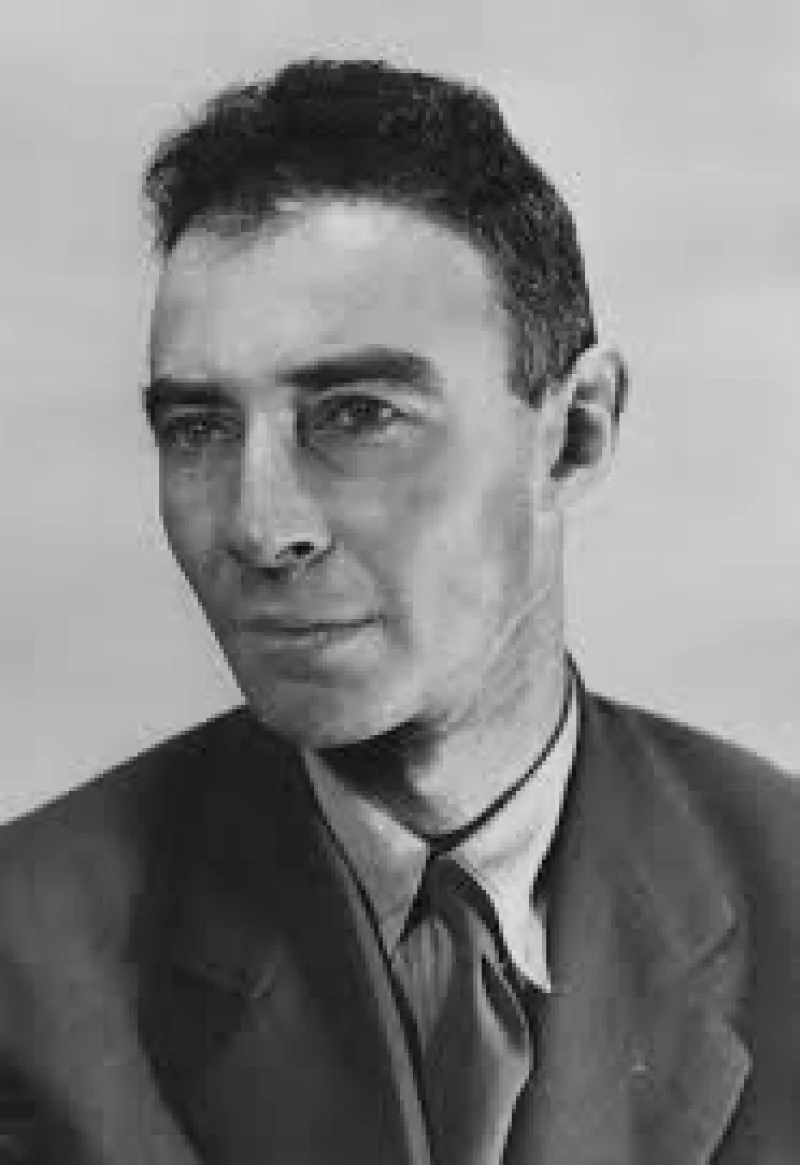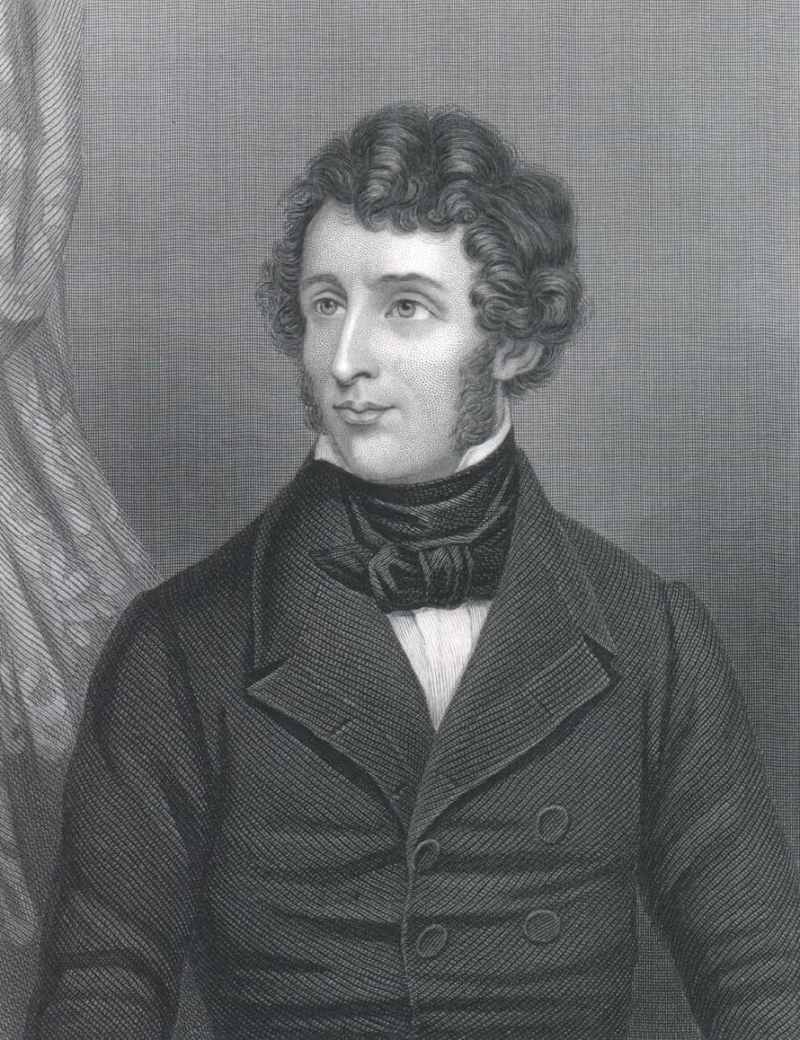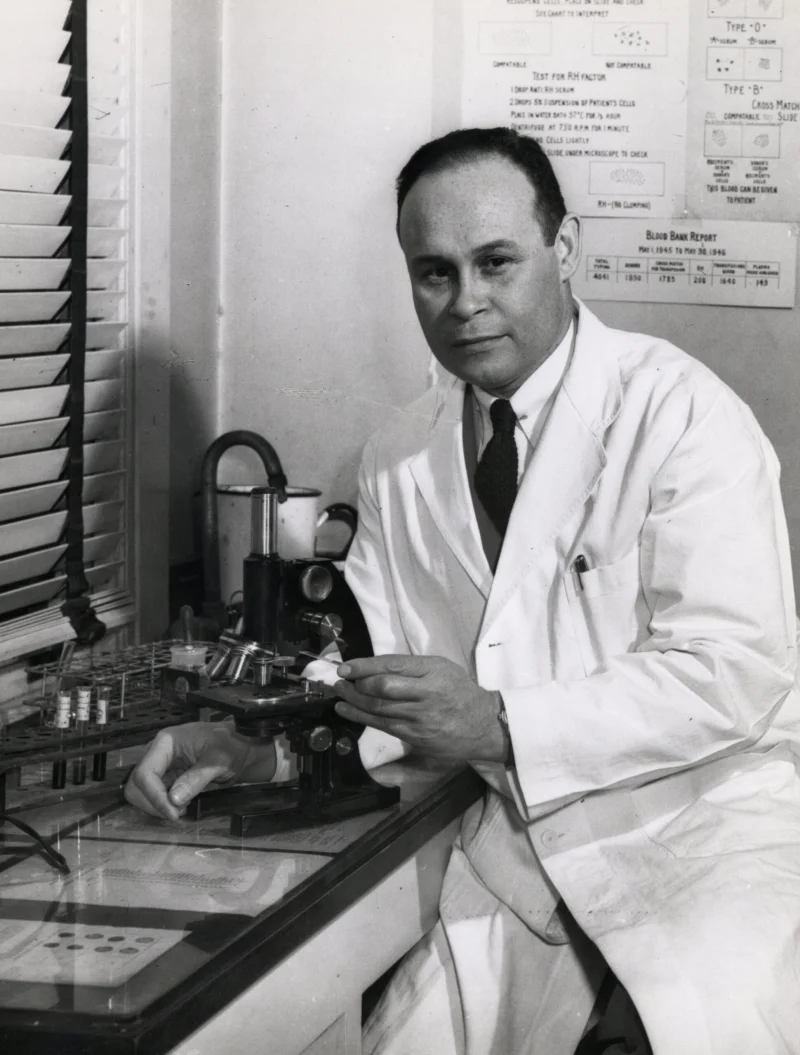Short Summary
Mary Anning was a pioneering English fossil collector and paleontologist whose discoveries contributed significantly to the understanding of prehistoric life. Born in 1799 in Lyme Regis, England, her remarkable fossil findings, including the first complete Ichthyosaurus, paved the way for advances in the field of paleontology. Despite facing gender and class barriers, her contributions were instrumental in shaping scientific thought during the 19th century.
Early Life & Education
Mary Anning was born on May 21, 1799, in Lyme Regis, a coastal town in Dorset, England, known for its rich fossil deposits. Her family was poor, and she had little formal education. Her father, a cabinetmaker, supplemented the family income by collecting fossils, a skill he passed on to Mary. After his death, Mary and her brother Joseph continued the family tradition, selling their finds to tourists. Her keen interest in fossils was encouraged by local collectors and geologists who recognized her talent. Despite facing numerous challenges, she educated herself by reading scientific literature and learning from the experts who visited Lyme Regis.
Career Highlights
Mary Anning's career was marked by several groundbreaking discoveries that profoundly influenced the field of paleontology. Her first major find was the complete skeleton of an Ichthyosaurus in 1811, discovered when she was just 12 years old. This was followed by the unearthing of the first complete Plesiosaurus in 1823, which amazed the scientific community. Over her lifetime, she discovered numerous important fossils, including the first British examples of a Pterosaur and Squaloraja, a prehistoric shark. Anning's thorough documentation and collection methods set a standard for future paleontologists.
Major Achievements
- Discovered the first complete Ichthyosaurus skeleton, revolutionizing scientific understanding of prehistoric marine life.
- Unearthed the first complete Plesiosaurus skeleton, a discovery that challenged existing scientific theories.
- Identified the first British Pterosaur, offering crucial insights into the diversity of prehistoric reptiles.
- Contributed to the understanding of coprolites, which helped scientists learn about the diets of ancient creatures.
Famous Quotes
- "The world has used me so unkindly, I fear it has made me suspicious of everyone."
Interesting Facts
- Mary's discoveries inspired Charles Dickens to write about her, highlighting her contributions to science.
- Despite her contributions, she was often not credited in scientific publications due to her gender and social status.
- Mary Anning's life and work were the basis for the tongue twister "She sells seashells by the seashore."
Legacy / Influence
Mary Anning's work laid the groundwork for modern paleontology and influenced the development of evolutionary theory. Her meticulous fossil documentation and discoveries provided crucial evidence for the history of life on Earth. Despite her lack of formal education, her expertise and achievements garnered respect among geologists, and her legacy continues to inspire women in science.
FAQ
Q: Why is Mary Anning famous?
A: She is renowned for her groundbreaking fossil discoveries that significantly advanced the field of paleontology.
Q: What was her most notable discovery?
A: Her most notable discovery was the first complete Ichthyosaurus skeleton.
Q: Did she receive recognition during her lifetime?
A: Although respected by some scientists of her time, she did not receive full recognition due to her gender and social class.












